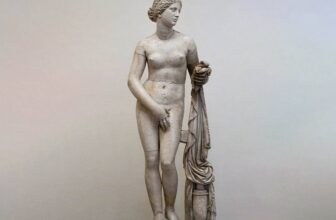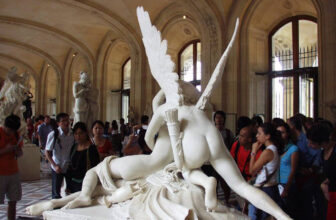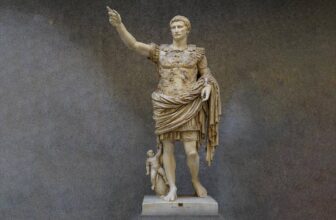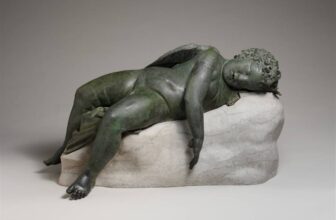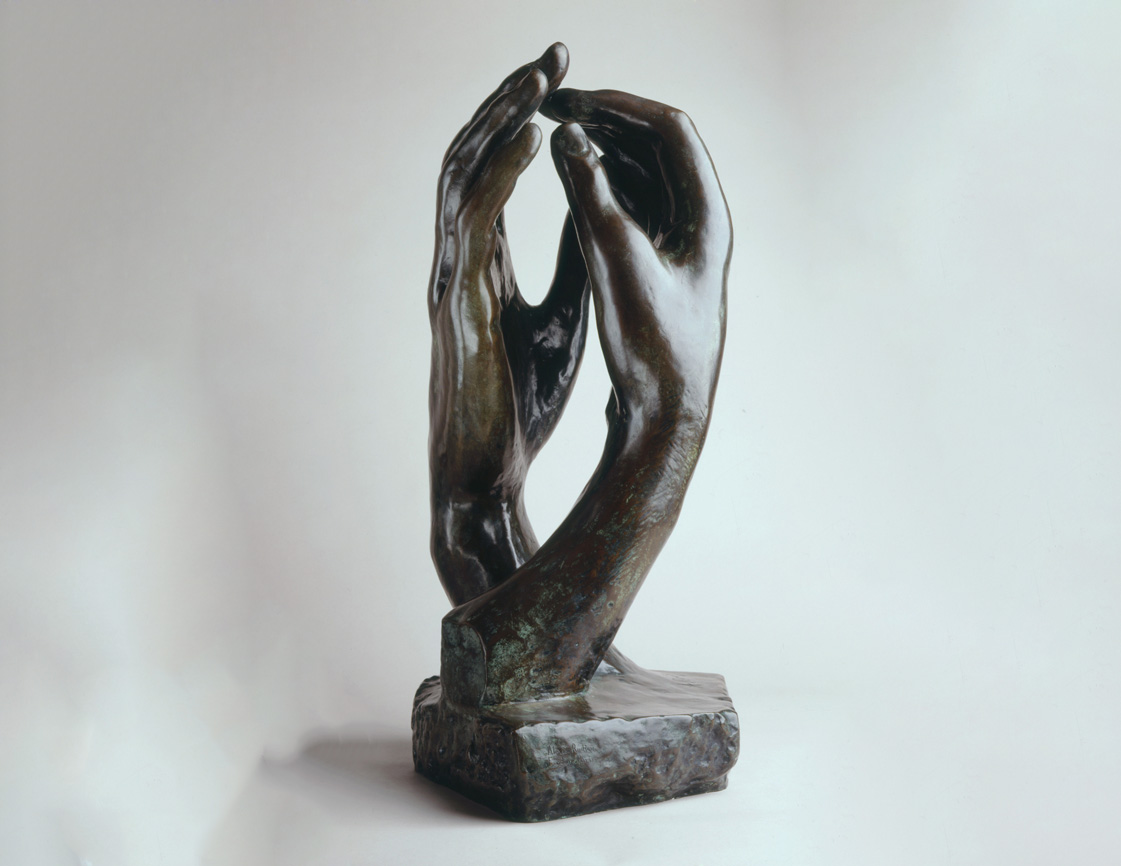
What Is Auguste Rodin’s Most Famous Art Sculpture
When we think of sculpture that breaks boundaries, evokes raw emotion, and stands as a timeless testament to human thought and feeling, one name inevitably rises to the top: Auguste Rodin. The French sculptor forever changed the trajectory of modern art with his expressive forms and unorthodox approach. From masterpieces like The Thinker to the monumental The Gates of Hell, Rodin’s body of work transcends the physical medium and touches on the spiritual and philosophical core of humanity.
This story delves deep into who Auguste Rodin was, what he is most known for, how he created his art sculptures, where his masterpieces are housed, and what they are worth today.
Who Was Auguste Rodin and What Is He Known For?
Auguste Rodin (1840–1917) is widely regarded as the father of modern sculpture. He was born in Paris, France, into a working-class family. Rodin showed early artistic talent but was rejected from the École des Beaux-Arts three times, a prestigious art school in Paris. Undeterred, he pursued sculpture through unconventional channels, developing a style that would eventually break away from the rigid norms of academic art.
Rodin is best known for his ability to capture raw human emotion and movement in stone and bronze. While many sculptors of his time followed neoclassical ideals , idealized, static figures meant to reflect Greek and Roman beauty , Rodin focused on the real, often imperfect, human experience. His figures were dynamic, emotive, and sensual. Rodin’s work was considered controversial during his lifetime for its realism and the perceived sensuality of his figures. Yet, today, he is celebrated for precisely those qualities.
Rodin did not see himself as a revolutionary, but rather as someone who studied nature deeply. However, his techniques and choices paved the way for future modernist movements. His greatest achievement was to reintroduce expressiveness, passion, and humanity into a medium that had become overly formal and detached.
How Did Auguste Rodin Make His Art Sculptures?
Rodin’s creative process was meticulous and layered. Unlike many traditional sculptors who worked directly in marble, Rodin worked in clay or wax models, from which plaster casts were made. These casts were then used to produce bronze sculptures through the lost-wax casting method , a technique that dates back to antiquity.
Here is a breakdown of his artistic process:
1. Observation and Drawing
Rodin often began with extensive drawing and sketching. He believed that capturing movement and emotion started with understanding the human form. His notebooks were filled with studies of anatomy, gestures, and poses.
2. Modeling in Clay or Wax
He would then create small-scale maquettes (models) in clay or wax. These materials allowed for malleability and changes , ideal for Rodin, who often let his figures evolve organically. Rodin was fascinated by texture and surface, and his clay models reflected his vigorous, almost impressionistic handling.
3. Plaster Casting
Once the model was complete, it was cast in plaster. Sometimes, Rodin would enlarge these pieces using a pointing machine , a device that allowed for proportional scaling.
4. Lost-Wax Bronze Casting
The plaster cast was then used to create molds for bronze casting. This process, known as cire-perdue (lost wax), involved coating the model in wax, encasing it in a mold, and then melting the wax out to be replaced by molten bronze.
5. Finishing Touches
Rodin would meticulously work on the patina , the chemical treatment of the bronze surface to achieve specific tones. He personally approved or oversaw many finishes, ensuring each piece retained its emotional resonance.
Importantly, Rodin employed many assistants in his studio, such as Antoine Bourdelle and Camille Claudel, who helped in modeling, casting, and polishing. However, Rodin always maintained creative control.
Among Rodin’s prolific output, several sculptures stand out, but the most iconic and universally recognized is undoubtedly:
🔹 The Thinker (Le Penseur)
Originally conceived in 1880 as part of a larger work, The Gates of Hell, The Thinker was meant to represent Dante Alighieri, the Italian poet who authored The Divine Comedy. Seated with his chin resting on one hand, the figure is deep in contemplation, perhaps even agony. Over time, the piece transcended its original context and became a symbol of intellectual struggle, philosophy, and creative introspection.
The Thinker has been reproduced in many sizes and versions across the world. What makes it extraordinary is the tension in the muscles, the slight twist of the body, and the emotional weight it conveys , not through expression, but posture.
Other famous Rodin sculptures include:
The Kiss (1882): An erotic and tender portrayal of two lovers locked in a passionate embrace. The marble sculpture shocked and delighted audiences alike.
The Burghers of Calais (1889): A group of six men who offered themselves as hostages to save their city during the Hundred Years’ War. The piece is a study in heroism, anguish, and dignity.
The Gates of Hell (1880–1917): Rodin’s magnum opus, a monumental portal adorned with over 200 figures drawn from The Inferno. Many of his iconic standalone works (including The Thinker and The Kiss) began as part of this composition.
How Much Are Auguste Rodin’s Art Sculptures Worth?
The market value of Rodin’s sculptures varies significantly depending on rarity, size, provenance, casting date, and condition. His works are highly sought after, with prices ranging from hundreds of thousands to tens of millions of dollars.
🔹 Notable Auction Sales:
In 2016, L’éternel Printemps (Eternal Springtime), a sensual marble sculpture, sold at Sotheby’s for $20.4 million , a record at the time for Rodin.
Le Penseur (The Thinker), in smaller editions, has sold for $4 million to $15 million, depending on the cast and provenance.
Iris, Messenger of the Gods, a provocative and powerful piece, fetched $16.7 million in 2016 at Christie’s.
Rodin’s sculptures continue to appreciate in value, especially as more collectors seek 19th and early 20th-century masterworks. Importantly, many of Rodin’s bronze casts were made posthumously (authorized by the Musée Rodin), so early or lifetime casts typically command much higher prices.
Where Are Auguste Rodin’s Art Sculptures Located?
Rodin’s work is displayed in museums and public spaces all over the world, reflecting his lasting influence and the global appreciation for his art.
🔹 Musée Rodin, Paris (France)
This museum is the primary institution dedicated to Rodin. Housed in the elegant Hôtel Biron, it contains an extensive collection of his sculptures, drawings, photographs, and personal effects. The gardens themselves are adorned with some of Rodin’s most famous bronzes, including The Thinker, The Burghers of Calais, and The Gates of Hell.
🔹 Rodin Museum, Philadelphia (USA)
The Rodin Museum in Philadelphia is one of the most significant collections of Rodin’s work outside France. It was established by philanthropist Jules Mastbaum, who collected Rodin’s works in the 1920s. Highlights include a large version of The Thinker, The Kiss, and Eternal Springtime.
🔹 The Metropolitan Museum of Art, New York (USA)
The Met houses numerous Rodin pieces, including The Burghers of Calais, busts, and smaller bronzes. His influence can also be seen in galleries dedicated to 19th-century European sculpture.
🔹 Victoria and Albert Museum, London (UK)
The V&A holds one of the largest collections of Rodin’s work in Britain, with significant pieces gifted by Rodin himself, including a large plaster version of The Thinker.
🔹 Other Locations Worldwide
Rodin’s sculptures can be found in:
The Louvre, Paris
The Tate Modern, London
National Gallery of Art, Washington, D.C.
Ny Carlsberg Glyptotek, Copenhagen
Tokyo National Museum of Western Art
Israel Museum, Jerusalem
Moreover, several public parks, university campuses, and even cemeteries across Europe and America feature Rodin’s bronze sculptures , from Chicago to Buenos Aires.
The Legacy of Rodin: More Than Just Bronze and Marble
Auguste Rodin’s influence cannot be overstated. He straddled the line between traditionalism and innovation , holding onto the human form while transforming its meaning in art. His work helped usher in modernism, influencing generations of artists including Constantin Brâncuși, Henry Moore, and Alberto Giacometti.
Despite early rejections and criticisms, Rodin’s art has endured and thrived. He proved that sculpture could express psychological depth, physical intensity, and philosophical thought. He dared to portray suffering, desire, hesitation, and ecstasy , not as distant ideals, but as profoundly human experiences.
In many ways, Rodin captured the 19th-century soul on the brink of modernity. His sculptures reflect the tensions of the time: science versus faith, passion versus reason, flesh versus spirit. But more than anything, they are timeless mirrors in which we still see ourselves today.
Auguste Rodin transformed the language of sculpture from rigid formality into an art of emotion, movement, and introspection. Known primarily for The Thinker, Rodin’s genius lies not in a single work, but in a lifelong journey to understand and convey the human condition through shape and texture.
His art sculptures are not just objects of beauty , they are meditations in bronze and marble, each piece inviting us to pause, reflect, and feel. Whether you’re standing before The Burghers of Calais in Paris or admiring The Kiss in Philadelphia, you are face-to-face with something eternal , a vision of humanity that Rodin chiseled out of stone.
Even over a century after his death, Rodin remains one of the most revered figures in art history. His sculptures, worth millions, displayed across the globe, and studied by artists and scholars alike, continue to affirm his place as a pioneer, poet, and prophet of form.
